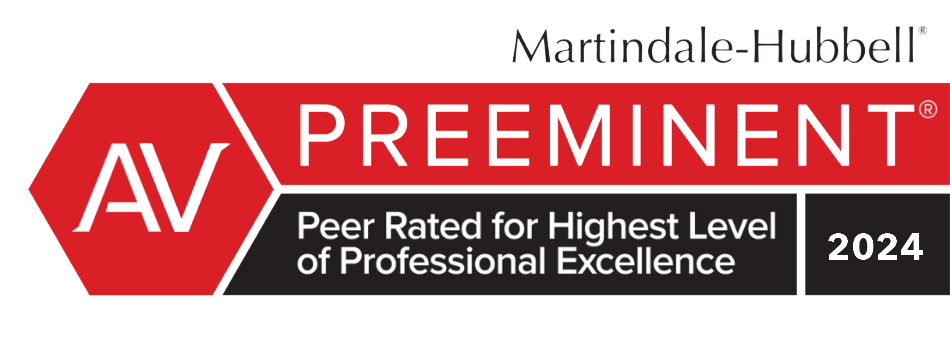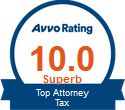
Are you a business that has recently received a letter from the IRS imposing a large penalty for the Employer Shared Responsibility Provisions? You’re not alone in this battle, as we are here to help guide you through it.
Whether you need assistance in identifying any potential errors made by the IRS or developing a strategy to argue your case, we have the knowledge and experience to provide the guidance you need. Don’t face these penalties alone — let us help you resolve your Employer Shared Responsibility Provisions problem and get back on track.
What is the Employer Shared Responsibility Provisions?
The Employer Shared Responsibility Provisions, also known as the “employer mandate” or “pay or play provisions,” are a key component of the Affordable Care Act (ACA). These provisions require applicable large employers (ALEs) to offer affordable health insurance coverage to their full-time employees and their dependents.
If an employer fails to comply with this, they may be subject to the IRS ESRP, or Employer Shared Responsibility Payment (ESRP).
Who qualifies as an ALE?
It is important to understand that not all employers are subject to the employer shared responsibility provisions.
First and foremost, an employer must be an applicable large employer (ALE) before they can be subject to the provisions.
An ALE is defined as an employer with an average of at least 50 full-time employees, including full-time equivalent employees, during the preceding calendar year.
Thus, determining your ALE status is a critical step in understanding your obligations under the ESRP.
What is an Employer Shared Responsibility Payment (ESRP), and when does it apply?
The Employer Shared Responsibility Payment (ESRP) penalty is imposed on applicable large employers (ALEs) if they fail to meet the coverage requirements mandated in the provisions. There are two scenarios leading to employer shared responsibility payment (ESRP) obligations.
- Failure to offer coverage
The ALE does not offer minimum essential coverage to at least 95% of its full-time employees, and at least one full-time employee receives a premium tax credit for Health Insurance Marketplace coverage.
- Offering coverage but with issues
The ALE offers coverage, but at least one full-time employee receives a premium tax credit because the coverage is not affordable, does not provide minimum value, or the employee is not part of the 95% offered coverage.
Understanding these two scenarios above is critical because it determines whether or not an employer is subject to the employer shared responsibility payment. And to avoid penalties, applicable large employers must carefully review their coverage offerings and make the necessary adjustments.
IRS Letter 226-J: What happens when you owe an Employer Shared Responsibility Payment (ESRP)?
Upon potential liability determination, the IRS issues letter 226-J to ALEs. This letter aims to notify the employer that they may be liable for an ESRP.
What’s inside the IRS Letter 226-J?
The IRS Letter 226-J includes detailed information regarding the potential ESRP liability, including the calculation of the payment and the specific section of the Affordable Care Act that the employer allegedly violated.
The letter also provides instructions on how the employer should respond, including the deadline for responding and the steps to take if the employer agrees or disagrees with the proposed ESRP.
It is of the utmost importance that the employer carefully review and respond to the IRS Letter 226-J within the specified timeframe to avoid further penalties or legal consequences. Whether the employer agrees or disagrees with the letter, a response must be submitted to the IRS.
How does the IRS determine the ESRP?
The amount of the penalty is determined based on the type of employer—1) those that do not offer coverage, or 2) those that offer coverage that is not affordable or does not offer minimum value.
From this, factors such as the number of full-time employees, whether coverage was offered, and whether the coverage provided met affordability and minimum value requirements are then taken into account.
Although the penalty is annualized, it is calculated on a monthly basis and is not the same for all ALEs.
Consult with us regarding your ESRP concerns…
If you have received a letter 226-J or anticipate ESRP concerns, don’t navigate this alone. Fortunately for taxpayers, the IRS is new at this, and they are making mistakes. There are also appeal rights, which allow employers to contest the proposal before it is assessed.
At the law office of Steven N. Klitzner, we can help you break down the nuances of the ESRP and secure your compliance with confidence. Our team specializes in tax matters and brings extensive knowledge and experience to your case. And we understand that your situation is unique, so we will provide personalized strategies tailored to your business.
Don’t let your ESRP uncertainties burden your business. Contact our office today for a free, confidential consultation at (305) 564-9199.

 Steven N. Klitzner, P.A. is a tax attorney based in Miami, Florida. He has been practicing tax law for over 40 years, and currently holds a 10.0 rating by Avvo. Mr. Klitzner was appointed to the IRS Service Advisory Council in 2021 and is...
Steven N. Klitzner, P.A. is a tax attorney based in Miami, Florida. He has been practicing tax law for over 40 years, and currently holds a 10.0 rating by Avvo. Mr. Klitzner was appointed to the IRS Service Advisory Council in 2021 and is... 





